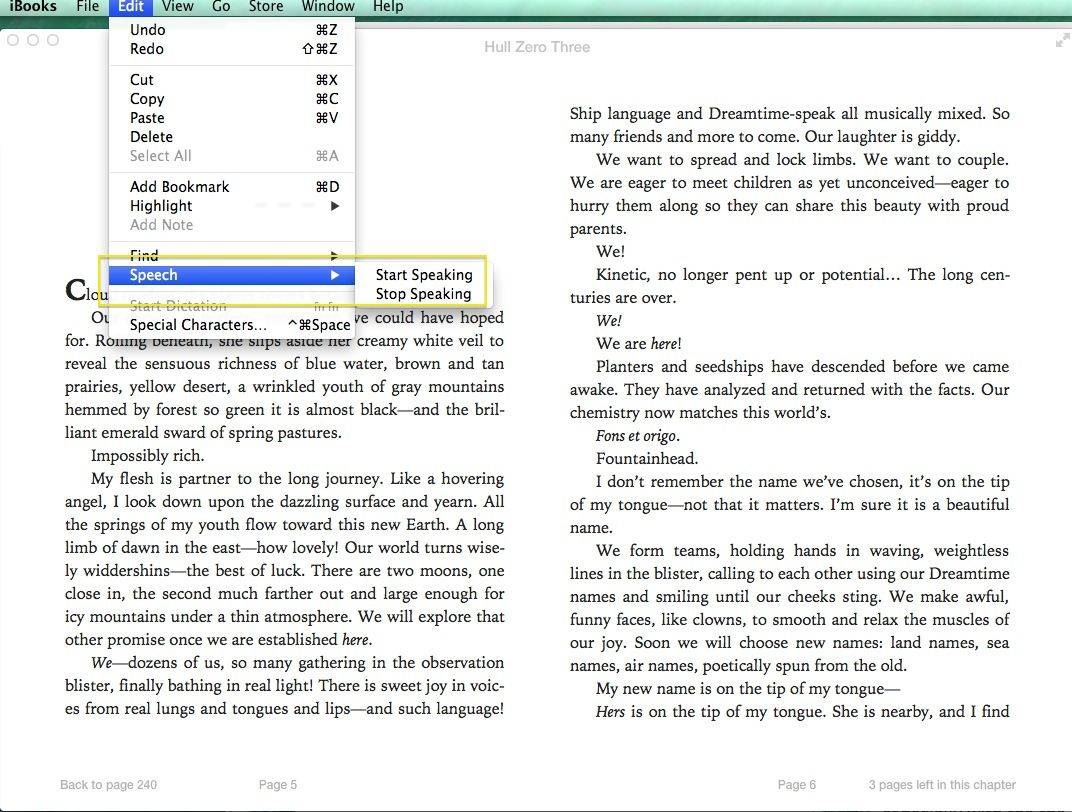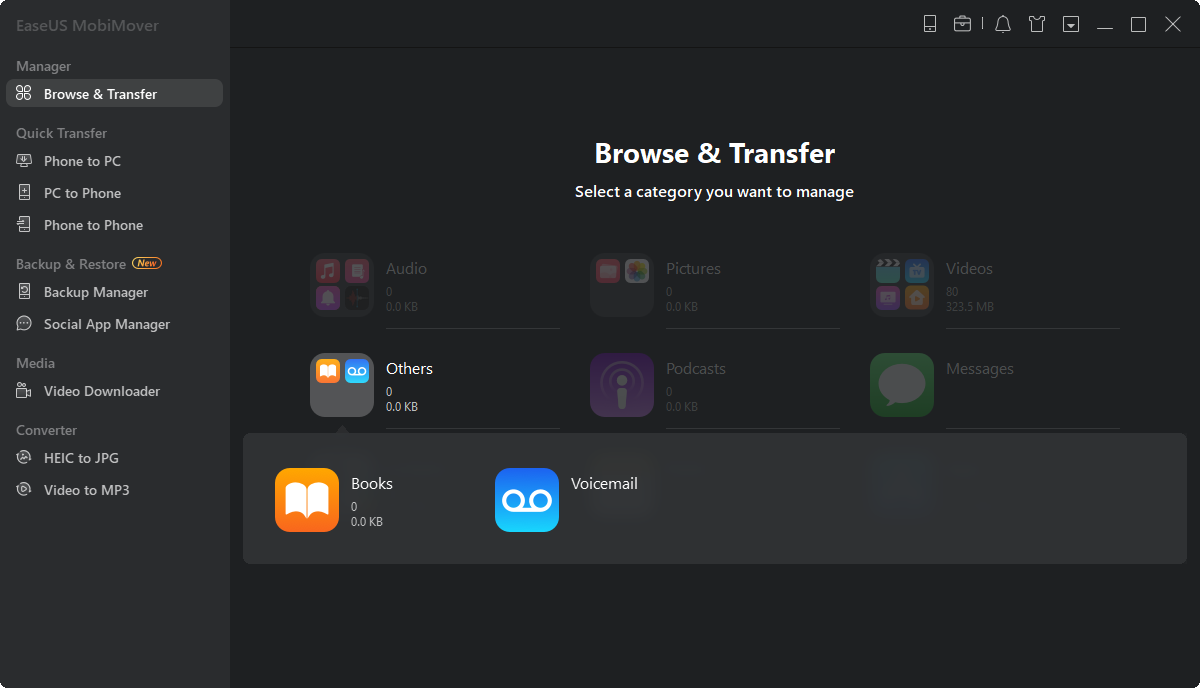
- #How to delete ibook on mac how to
- #How to delete ibook on mac trial
- #How to delete ibook on mac download
- #How to delete ibook on mac free
- #How to delete ibook on mac mac
Temporary data created by apps and websites. 4 main types of the cache within the Library folder To help you make sense of your Library folder, here's a brief explanation of what each subfolder stands for.
#How to delete ibook on mac mac
To do this, Control-click on the Trash icon in the dock and select “Empty Trash.” Restart your Mac afterward so your Mac can begin to create new, fresh cache files. Make sure that once you have finished clearing out these caches for additional hard drive space, you empty your Trash. Note: We recommend that you remove the insides of these folders, but not the folders themselves.

That’s it, all cache files cleaned! CleanMyMac X works on all systems, including the latest macOS version.
#How to delete ibook on mac trial
#How to delete ibook on mac free
That means a good cleaning could free up gigabytes of space and speed up your Mac in the process. And that’s just one folder out of hundreds. Potential space reclaimed from junk - Up to 70%Īs you can see, a single user cache folder on my computer takes up an enormous 2.7 GB of space.
#How to delete ibook on mac how to
Old app cache files fall into the same basket: if you've already deleted the app, no need to store its leftover cache - you can safely remove it from your Mac, and we'll tell you how to do it. What you can remove is the inactive cache - the outdated files that often lie unused. Your Mac caches what you’re doing in real-time, so if you’re using an app to work on some project, removing this app’s cache can erase all your progress. It's not completely safe to delete all cache files at once. If you edit photos and videos regularly, you may notice that your editor application also keeps temporary data - like an intermediate version of your files.Īre you ready to reclaim space on your Mac? Let’s go! Can I delete all my cache files on a Mac? In this manner, just 4 rotations are enough for image size to grow from 2.5 MB to 10 MB of disk space taken. How is the cache created? An example from PhotosĮvery time you do image manipulations, like rotating a picture, its additional copy is created on your drive. You don't need to force-delete outdated cache from an app.Removing personal data stored by websites and applications.


#How to delete ibook on mac download
You’ve probably heard and seen the term "cache" used on your Mac, but do you know what it is? Cache files are basically temporary data stored on your hard drive and used to speed up processes.įor instance, Safari will download images on a webpage into the cache so that the next time you visit the site, you don’t have to download the images again.Ĭookie files are tiny members of the big cache family. How are cache files different from cookies? This article will go over cleaning up all three. User cache (including app cache and DNS cache).There are roughly three main types of caches you can clean on your Mac: How to clear browser cache ( Safari, Chrome, Firefox).Feel free to jump to the section that interests you the most: In this post, we’ll tell you more about different types of caches on your Mac and explain how to remove them. But, if you don’t clear caches once in a while, those files start to pile up and can even cause application errors and crashes. It then uses those files to load things faster for you. But to help you do it all by yourself, we’ve gathered our best ideas and solutions below.įeatures described in this article refer to the MacPaw site version of CleanMyMac X.Ĭaches are files your Mac creates when you use an app or browse a website for the first time. So here's a tip for you: Download CleanMyMac to quickly solve some of the issues mentioned in this article.


 0 kommentar(er)
0 kommentar(er)
